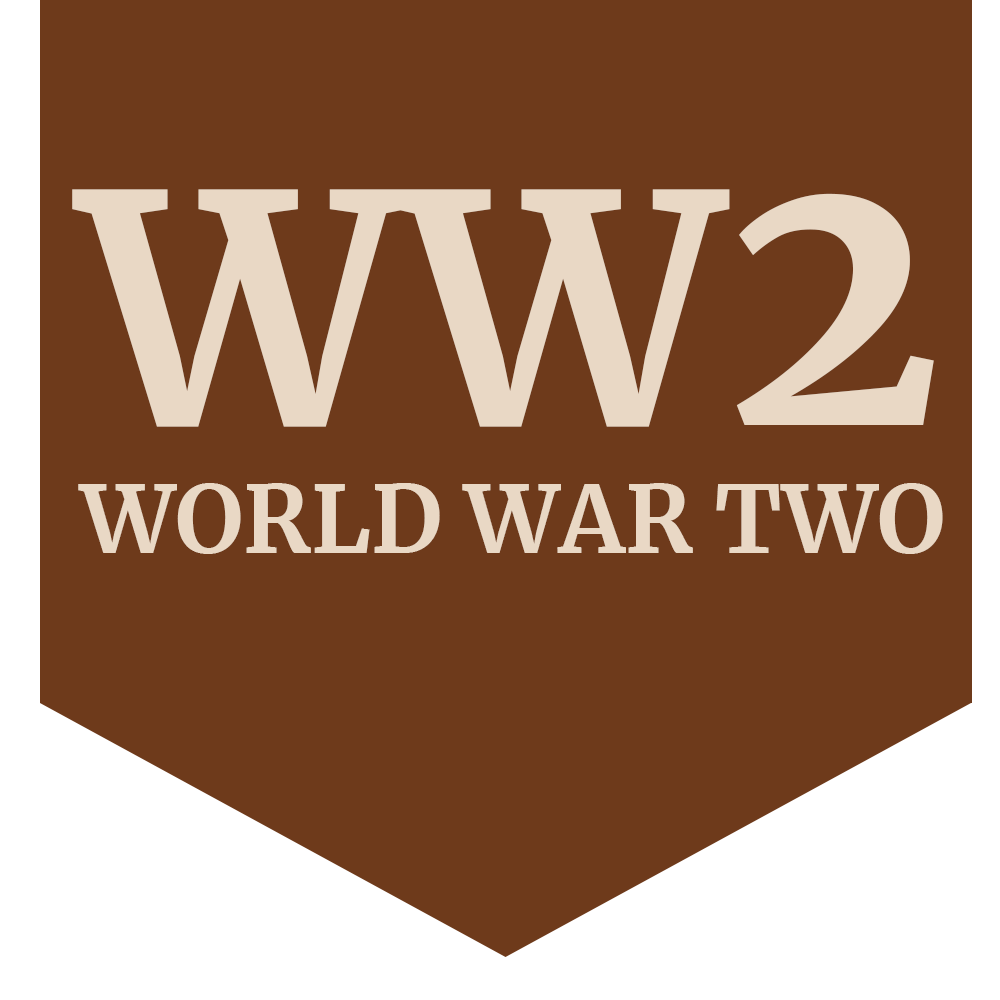
Horace Smedley
He was a chemical process worker in 1939.
- Family History
- Military history
- Extra information
- Photographs
Son of James and Edith Smedley brother of Hazel and Renee Smedley of 106, Felstead Road, Aspley, Nottingham
From 461 Sqdn's ORB 30/8/1943. 0953 signal from a/c 'being attacked by 3 H/A (Hun Aircraft)'
10.20 'Safe'
11.11.05 'being attacked by 3 H/A'
12.Nothing further was heard of the airraft which did not return.
13.At 15.55 From Admiralty at Lands End. a/c z/461 crashed in 46.21 N 11.35 W today. Request you will keep a look out for survivors.'.
Sunderland III JM707 lost in the Bay of Biscay on anti-submarine patrol. No survivors. Fatalities:
Smedley + George James Bushell, Cedric Robert Croft, Harold James Ferrett, John Gamble, Ronald George Harris, Richard James Hunter, Walter Stewart, Jack Alwyn Tamsett and William Yeomans.
461 was an Australian squadron and nine of the crew were Australian. Smedley and Ferrett were British.
The Sunderlad Flying Boat
The Short S.25 Sunderland was a British flying boat patrol bomber, developed and constructed by Short Brothers for the Royal Air Force. Developed in parallel with the civilian S.23 Empire flying boat, the flagship of Imperial Airways, the Sunderland was developed specifically for long-range reconnaissance and anti-submarine patrols.
It was fitted with various offensive and defensive armaments, including machine gun turrets, bombs, aerial mines, and depth charges. The Sunderland was powered by four Bristol Pegasus XVIII radial engines and was fitted with various detection equipment to aid combat operations, including the Leigh searchlight, the ASV Mark II and ASV Mark III radar units, and an astrodome.
Early models were flown by seven men but later versions required crews of ten or eleven. The Sunderland's large crew size reflected the complexity of its operations and the need for specialised skills.
Typical Crew Roles:
• Pilots: Responsible for the safe operation of the aircraft.
• Navigators: Determined the aircraft's position and planned the route.
• Wireless Operator/Air Gunner: Operated the radio equipment and manned the defensive guns.
• Engineers (1st and 2nd): Maintained and monitored the aircraft's engines and other systems.
• Gunners: Operated the defensive armament.
• Boatman: A crucial role specific to flying boats, responsible for the boat aspects of operation and maintenance, including seamanship skills.
• Other aircrew: Could include other specialists depending on the mission and aircraft configuration.
Essential Skills:
• Aviation Expertise:
Knowledge of aircraft systems, navigation, and flight operations is paramount.
• Seamanship:
For flying boats, boat handling and maintenance were crucial.
• Teamwork:
Effective communication and cooperation within a crew is vital, especially in demanding situations.
• Self-Sufficiency:
Operating far from support structures required crews to be resourceful and capable of handling various tasks.
(Courtesy of Wikipedia)


